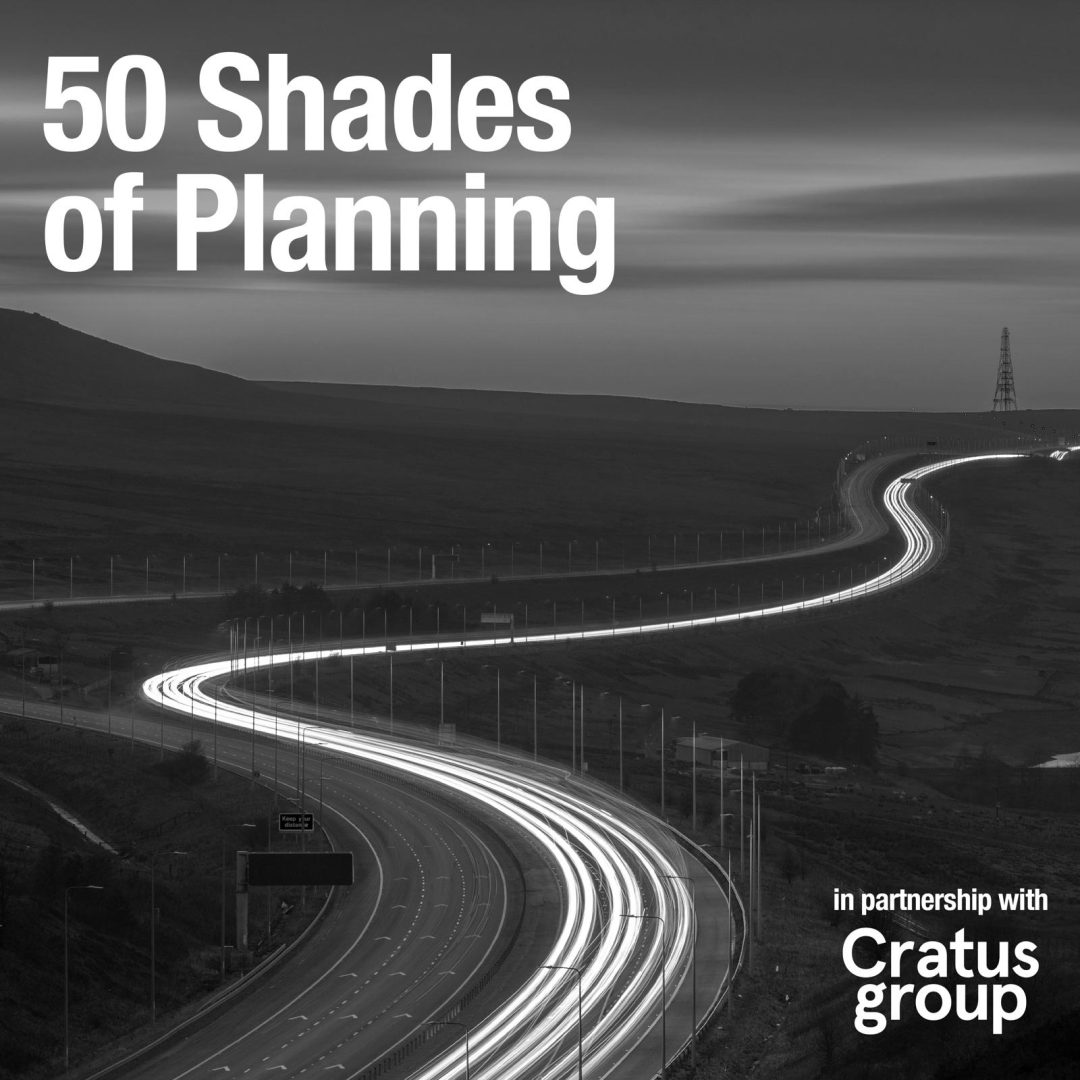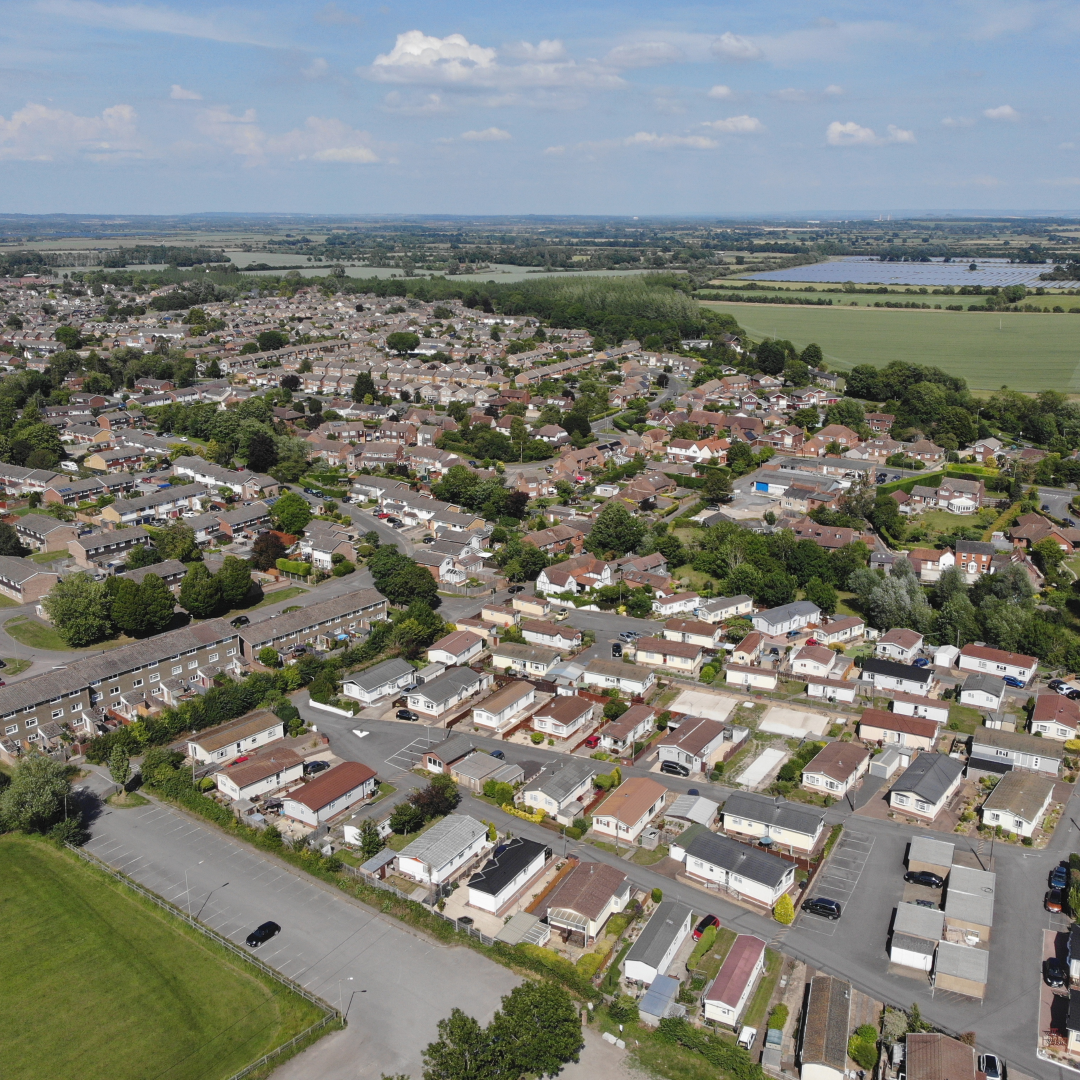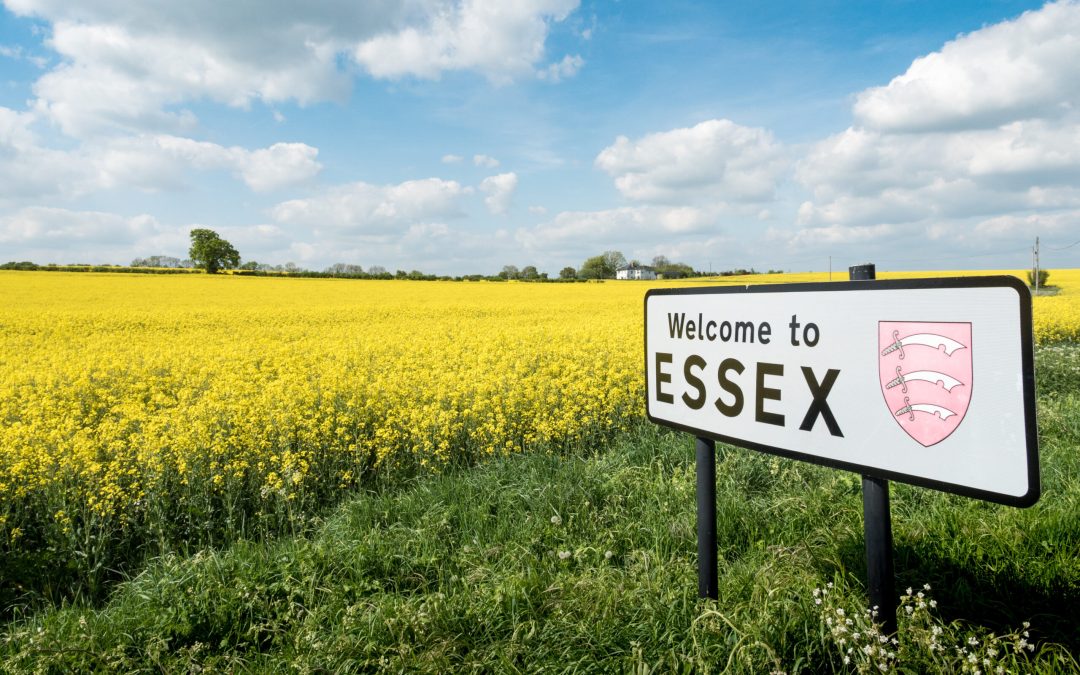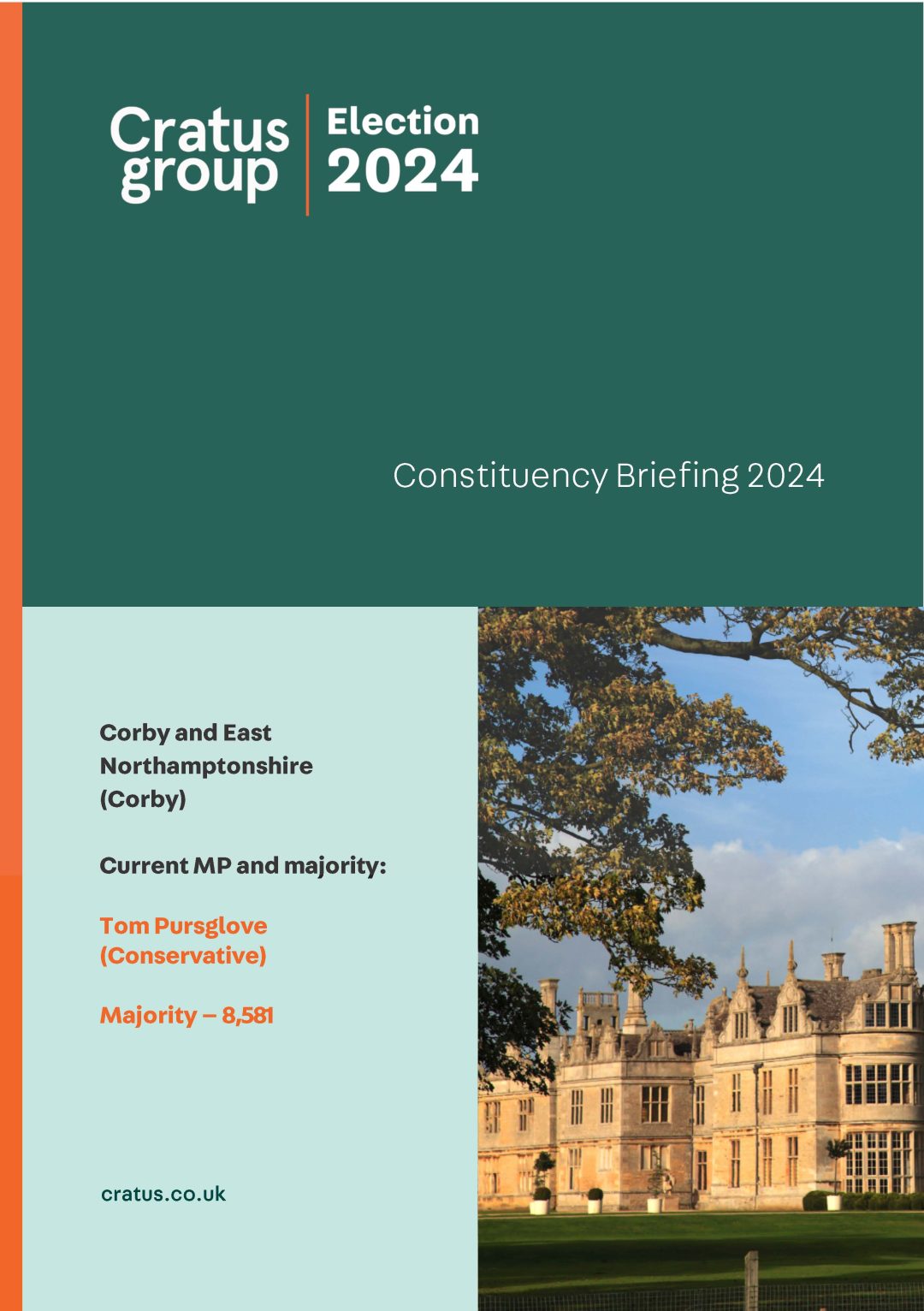Who are we really reaching?
The rhythms of the corporate world can seem unrelenting to an outsider, a 12-month cycle of meetings, pre-meets, deliverables and promises to ‘circle back’. As anyone who’s worked through August at a firm like Cratus and borne witness to the ever-rising tide of out-of-office emails and sparsely attended client calls can attest though, the 12-month vision of things is rarely 100% accurate.
The comparatively even keel upon which life exists in August however isn’t time to relax, and from business development work to forward planning for autumn consultations, there’s never cause for idleness or boredom.
Something that’s been occupying us this summer has been thinking about the question of why it is we consult, and who we really reach when we do.
It’s easy as professionals to assume that we’re helping clients with public consultation simply because producing a Statement of Community Involvement, and demonstrating proactive engagement, are legal requirements for an application to comply with policy.
On the other hand, we risk having our vision blurred by the idealistic notion that we’re consulting for purely benevolent reasons either – that even in the absence of a policy mandate, we would still be out there, erecting pull-up banners, standing around in community centres and patiently listening to the queries and concerns of affected residents.
Even the most idealistic consultant would have a hard time arguing that their client’s consultation strategy owes nothing to the NPPF, the Localism Act 2011, and the proliferation of veto points in the planning system which means that even modest, policy-compliant proposals have a chance of being voted down.
The reality is probably somewhere in the middle – that despite many clients who have a genuine commitment to ensuring they have support of neighbours, nobody in the built environment sector operates without a voice in their head pondering how the council will interpret their most recent act of engagement.
Rather than asking why we’re consulting though, the question of who is often more compelling.
As anyone who has attended a consultation event or a planning committee will be able to tell you, planning politics and consultation tend to be dominated by a small sliver of deeply engaged people.
Often these people come from specific demographic groups, other times there is a genuine cross-section. Regardless, it’s hard to escape the reality that rather than simply engaging ‘the community’, who’s being engaged by proposals and consultation are generally people in the top 5% of heavily invested individuals – usually the 5% who were politically engaged already, and often those who are the most vociferously opposed.
A smaller cohort of interested people may bring themselves to support proposals, but most communities will still be dominated by the 90%+ of people in the middle – who either aren’t aware of your client’s proposals or haven’t been convinced to care.
There are surely legitimate political questions to be asked around whether the UK’s discretion-based planning system is the root cause of this reality. We don’t choose our political context however, and a more fruitful question to ask this summer is whether our efforts at engagement are reaching the people they need to.
Would a scheme’s objectors would have found a way to make their opposition heard anyway?
If so, should we be focusing our energy on the under-represented or under-interested groups who may, if given the right amount of information in the correct context, decide that they actually have quite a different take on the issues – one that neither the client nor their neighbours had considered?
Or is the critical thing to ensure that we produce information to the required technical standard, such that no interested party can claim they weren’t properly informed?
As an example of our thinking, over July and August, Cratus has been running a consultation campaign for a major transport sector client across a number of London boroughs. Knowing that the type of person with the motivation or the free time to attend one of our formal exhibitions is not necessarily representative of the entire population, we broadened our engagement strategy to an additional series of nine ‘pop-up’ exhibitions around key locations in the same boroughs. The results have been enlightening. Where our online feedback form and our formal exhibition events – two bastions of the already-engaged – saw opposition to our client’s proposals in excess of 65%, the pop-up events have offered a different story. Setting up stalls in shopping centres, markets, festivals and transport hubs, we have been engaging and explaining the proposals to ordinary people in the places they already are.
The results are almost mirrored. Between 60-70% of people who filled out our feedback forms at the pop-ups have expressed varying levels of support for what the client wants to achieve. People’s focus in this setting has been less about perceived negative impacts, and far more about jobs, public transport provision, their local environment and economic benefits to the area.
In light of these findings, we have to ask – which of these feedback channels is the ‘right’ one? Which one is more legitimate, more representative? The correct answer is of course both of them, and the key lesson to be learned is that industry shouldn’t allow itself to be led by a policy context which suggests a very prescriptive model of engagement – leaflet, boards, community hall, rinse, repeat.
Developments such as innovation in online engagement have had a positive effect, but there is always the worry that young people, people without English as a first language, or people who are new to an area are being consulted in name only.
We can never risk the complacency that means the same faces turn up at consultation events, with the rest of the community oblivious. We can never stop trying to reach the widest possible group of people, in a way that they want to be reached.
If you would like to learn more about Cratus Planning please drop Cathal Kavanagh a line.








